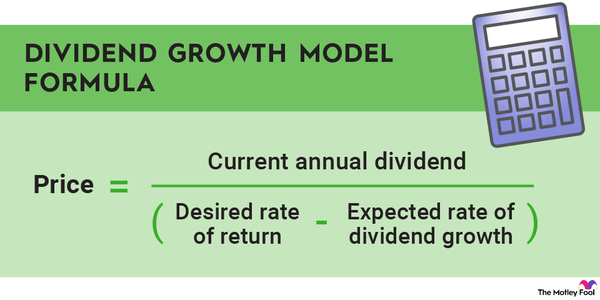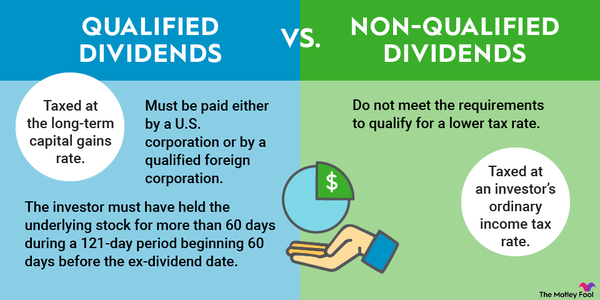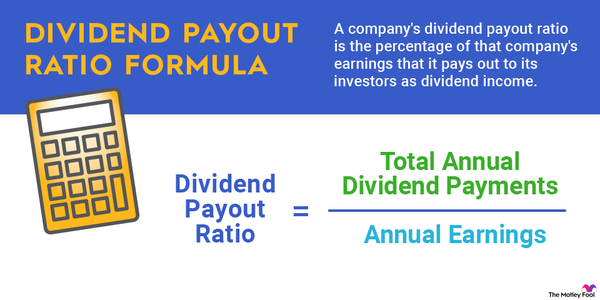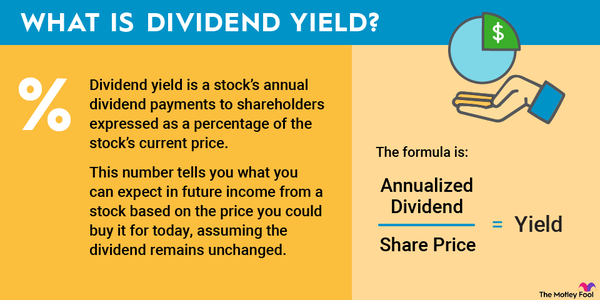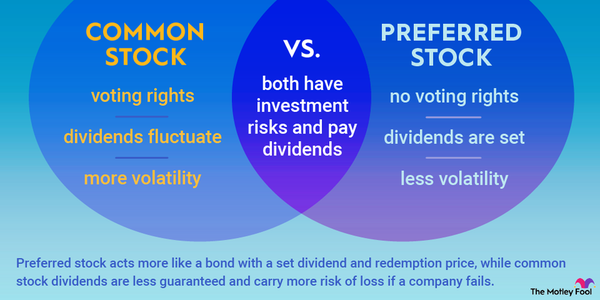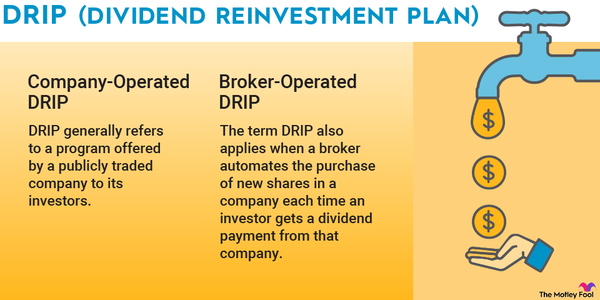If you provide more than half of someone's support, you may be able to claim them as a dependent when you file your taxes, which can reduce the amount you owe. But the IRS has strict rules for who counts as a dependent. In this article, we'll explain this and more.

What is a dependent?
What is a dependent?
A dependent is someone (other than yourself or your spouse) who relies on you for the majority of their financial support, including housing, food, healthcare, clothing, and other necessities.
Your children and stepchildren are the most likely people you'd claim as dependents. For income tax purposes, a dependent child or stepchild is referred to as a qualifying child.
But you can sometimes claim your siblings and even your parents if you're responsible for most of their support. In some circumstances, a domestic partner can qualify as a dependent. To claim these individuals as dependents, they must meet the IRS criteria for a qualifying relative.
Tax Deduction
Requirements for claiming a tax dependent
Requirements for claiming a tax dependent
To claim someone as a dependent child on your taxes, they must meet the following IRS criteria:
- The person must be your son or daughter by birth or adoption or your stepchild, foster child, sibling, step-sibling, or a descendant of any of these.
- The child must be younger than 19 at the end of the year and younger than you (and your spouse if you're married and file a joint return); a student who's younger than 24 at the end of the year and younger than you (and your spouse if married and filing a joint return), or any age and meet the criteria for full and total disability.
- The child must live with you for more than half of the year.
- The child must have provided less than half of their own support for the tax year.
- In most circumstances, the child can't be filing a joint tax return for the year.
To claim someone as a qualifying relative, these criteria must apply:
- The person can be neither your qualifying child nor claimed as someone else's qualifying child.
- The person must be related to you or live in your household all year.
- The person's gross income cannot exceed $4,700 in 2023.
- You must provide more than 50% of the person's financial support for the year.
Note that if you can be claimed as another taxpayer's dependent, you won't be able to claim someone else as your dependent when you file your tax return.
Benefits of claiming a dependent
Benefits of claiming a dependent
There are several ways claiming a dependent can save you money at tax time. Here are some examples.
Head of household status
You can qualify for head of household status if you're unmarried or legally separated and have dependents. This filing status gives you a higher standard deduction than you'd get as a single filer, which can lower your marginal tax rate.
Child tax credit
For each qualifying child under age 17 at the end of the year, you may qualify for the Child Tax Credit. The maximum credit is $2,000 per child. To receive the full tax credit, your modified adjusted gross income (MAGI) can't exceed $200,000, or $400,000 if you're married and filing a joint return. If your income exceeds these limits, you could receive a reduced amount.
Earned Income Tax Credit (EITC)
Claiming dependents could help you qualify for the earned income tax credit (EITC), available to working people with low- or mid-level incomes, or receive a larger tax credit.
Someone with no qualifying children and an adjusted gross income of as much as $17,640 (single and head of household filers) or $24,210 (married filing jointly) could receive a maximum credit of $600. But someone with three or more qualifying children could receive as much as $7,430 with an adjusted gross income of $56,838 (single and head of household filers) or $63,398 (married filing jointly).
Child and Dependent Care Credit
If you have a dependent child younger than 13 or a spouse or qualifying dependent of any age who's physically or mentally incapable of self-care, you could qualify for a Child and Dependent Care Credit. The credit is applied to expenses incurred for their care. Examples include preschool, day camp, after-school programs, and dependent daycare.
Depending on your income, you can deduct between 20% and 35% of care-related expenses of as much as $3,000 (one dependent) or $6,000 (two or more dependents).
Other deductions and credits
You could also qualify for other deductions and tax credits if you have dependents. For example, you can deduct unreimbursed medical expenses that exceed 7.5% of your adjusted gross income for you, your spouse, and dependents.
You can also deduct up to $2,500 of student loan interest if you took out a loan for a dependent. If you're paying for a dependent child's college, you may be eligible for the American Opportunity Tax Credit of as much as $2,500.
Tax Credit
How claiming a dependent works
How claiming a dependent works
Suppose you're unmarried with a MAGI of $100,000. You have one qualifying child, age 10, whom you claim on your tax return. And you spent $5,000 on qualifying childcare expenses in 2022.
Related investing topics
Because you had a dependent, you would qualify for head of household status. That would give you a standard deduction of $19,400 in 2022 versus $12,950 for single filers.
You'd also qualify for the Child Tax Credit of $2,000, plus a Child and Dependent Care Credit of $600 (20% of your first $3,000 spent on childcare). You wouldn't qualify for the Earned Income Tax Credit, though, because your income was too high.
In this scenario, claiming a dependent would have saved you more than $5,000 overall at tax time. However, for any taxpayer, the potential tax savings from claiming a dependent will vary based on a number of factors, including filing status, household size, number of dependents, income, and the type of expenses you incur during the tax year.













































